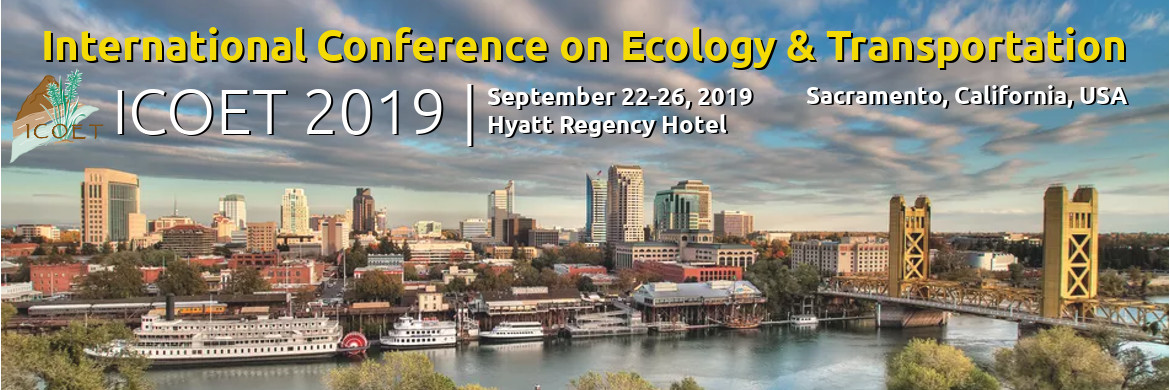In urban environments, the threats of habitat fragmentation and destruction, barriers to dispersal, and anthropogenic causes of mortality affect the recolonization potential of extirpated species. One such species, the bobcat (Lynx rufus), historically occurred throughout the state of New Jersey, but due to increased urbanization and agricultural expansion was only known to occur in the northern portions of state by the 1970's. Our study aims to examine current barriers to dispersal and the possibility of the establishment of central and southern New Jersey bobcat populations. Our objectives are to 1) conduct a habitat suitability analysis for bobcats throughout New Jersey and estimate how many bobcats central and southern regions of New Jersey could support, 2) identify pinch points and barriers to dispersal throughout New Jersey and determine how culverts and proposed wildlife crossing structures may mitigate these barriers, and 3) identify management scenarios that promote the establishment and maintenance of bobcat populations in central and southern New Jersey. To accomplish these objectives, I will use empirical and mechanistic habitat suitability analyses, circuit theory spatial modeling techniques, and spatially explicit, individual-based models. Preliminary habitat suitability analyses indicate that forest land cover and human population density influence the distribution of suitable bobcat habitat in the landscape. We will present a full habitat suitability index and explore its effects on landscape connectivity for bobcat recolonization in central and southern New Jersey. This investigation will inform a bobcat recovery plan for New Jersey.
Mitigation for Transportation Projects
bobcat (Lynx rufus)
connectivity
dispersal barriers
habitat suitability
recolonization potential
